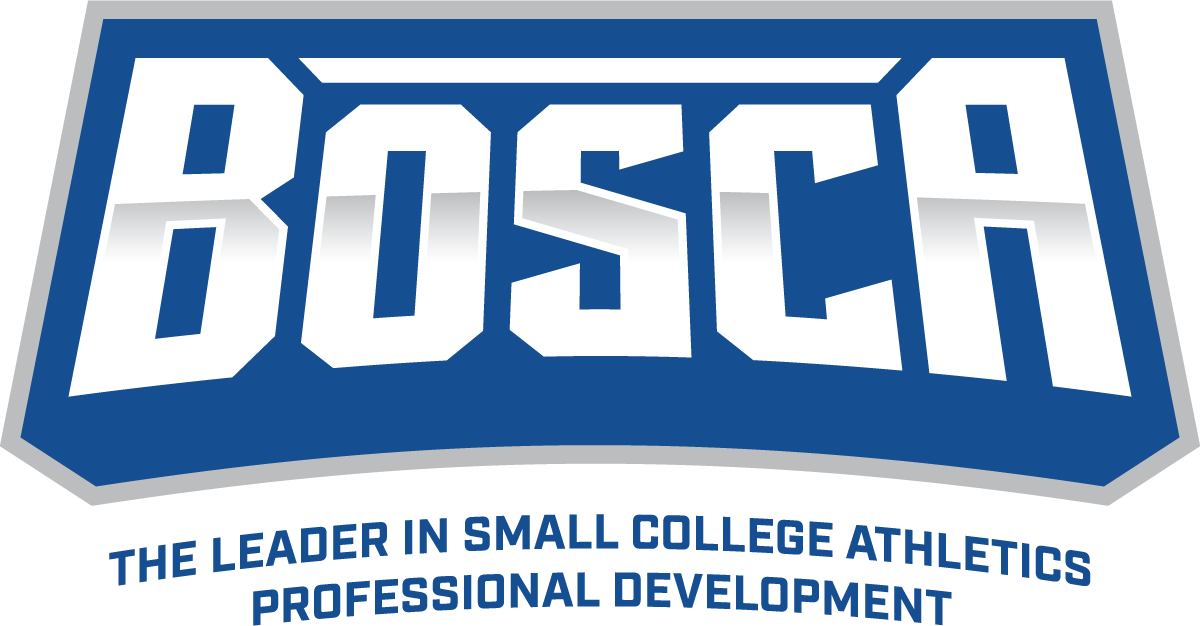AD in Residence: Williams AD Lisa Melendy
Williams AD Lisa Melendy on the recent staff reorganization, facility projects, prioritization and more.

Year fourteen as the AD, what are some of the things that take priority on your schedule now that may not have been as prevalent in year one?
In year fourteen, the well-being of our student-athletes is my top priority. We place a stronger emphasis on fostering community health, inclusion, and mental wellness, and we are now more proactive in managing risk—areas that we didn’t focus on as much in the early years. This shift is part of our ongoing commitment to ensuring the most positive and supportive developmental experience for every student-athlete, coach, and staff member within our department. Our goal is to create an environment where everyone is able to thrive.
Last April, the institution received a $10 million donation to renew the college’s athletics and wellness facilities. Part of that sum, along with a $105 million tax-exempt bond, will fund the construction of the new Multipurpose Recreation Center (MRC) following the sudden closure of the Towne Field House. What’s the latest on that project? What have you learned from going through this process?
The MRC project is on schedule and is set to open in January 2026. This initiative is moving forward faster than any previous project of its size at the College, a testament to the team's dedication and collaboration. The new facility will serve as a hub for our track, tennis, softball, and baseball teams, as well as our Outing Club. This process has taught us that focusing on the collective needs of our entire department, rather than catering to the interests of one group, fosters a collaborative spirit. It has brought together department members, colleagues, and students with a shared vision, and we’re proud not only of the final product but also of the respectful and thoughtful process that brought it to life.
This fall, you went through a reorganization and brought in two new senior staff members. What changes have been implemented from that reorganization? How impactful has the shift to a sport supervisor model been for your student-athletes and coaches?
The reorganization followed an in-depth self-study and external review that began before the pandemic. Transitioning to a sport supervisor model has enabled more direct communication between our coaches and the administration, strengthening our presence at team events and activities. In the past, as athletic director, I had 38 direct reports, which made it challenging to offer the support and attention required for effective day-to-day management and long-term planning. With the new structure, I have more bandwidth to reflect strategically on next steps, allowing for clearer communication about our department’s direction. Additionally, by separating the compliance and ADID roles, we’ve enhanced our ability to focus on education in both areas while fostering more comprehensive planning and the introduction of forward-thinking initiatives. On the admissions front, we now have the capacity to analyze data more effectively, which allows us to use resources more efficiently and understand trends in greater depth.
How do you determine your biggest priorities in 2025?
In 2025, our primary focus will be balancing the continued success of our athletics program with an expanded role in supporting the wellness of all students on campus. This includes conducting a comprehensive study to determine the optimal size and scope of facilities that can serve both our intercollegiate athletics and our physical education, club, intramural, and recreational programs. We are aligning this study with the College’s core values, which view athletics as an integral complement to the academic experience and support our commitment to developing the whole person. Our work will continue to prioritize well-being, inclusivity, and fostering strong, supportive communities. Every initiative will be focused on providing a positive, challenging, and competitive experience for our student-athletes.
What are some of the biggest challenges on your plate right now?
Like many Division III athletic departments, we are navigating significant budgetary challenges, particularly with the pressures of high inflation impacting many operational areas. Additionally, our facilities are aging, and we are focused on addressing deferred maintenance while right-sizing them to meet the current demands of our student body. We also face a complicated recruitment landscape, compounded by broader shifts occurring within college athletics, particularly at the Division I level. We are closely monitoring these changes and evaluating their potential impact on our commitment to the scholar-athlete model, which remains central to our mission. Balancing these challenges while upholding our values and maintaining our competitive edge will be critical as we move forward.

